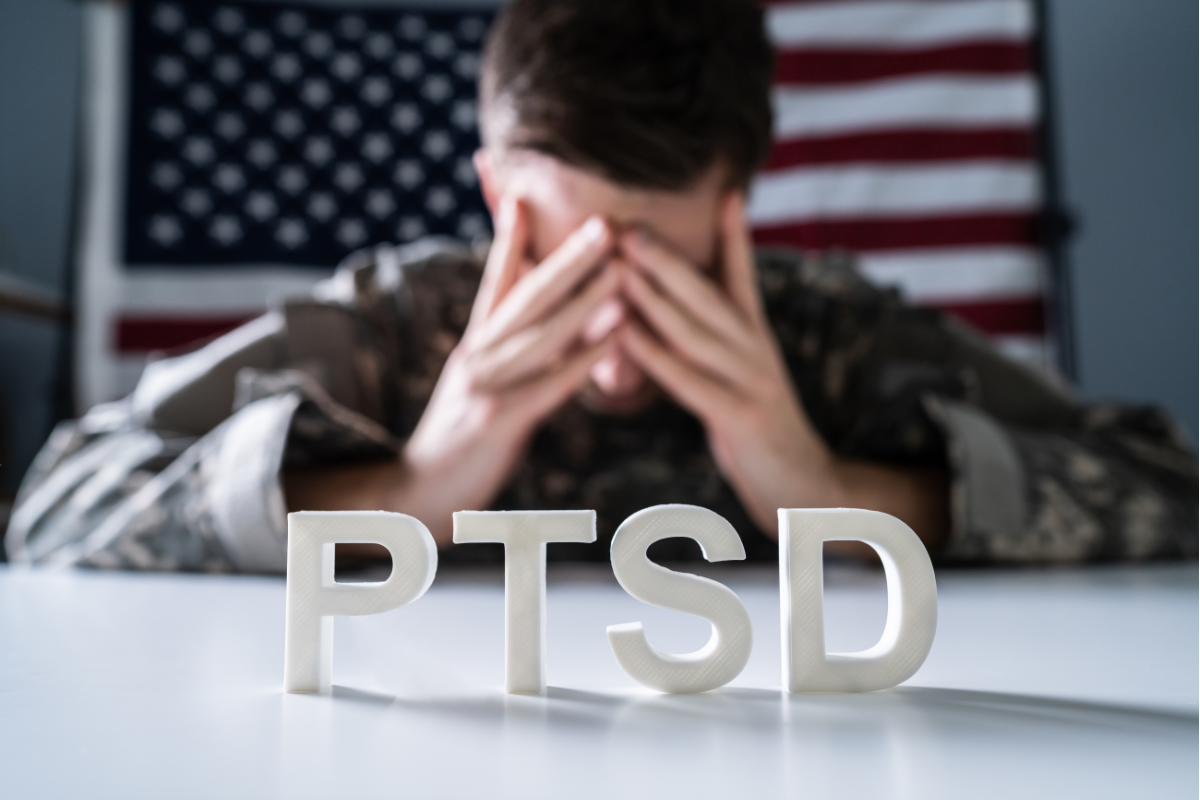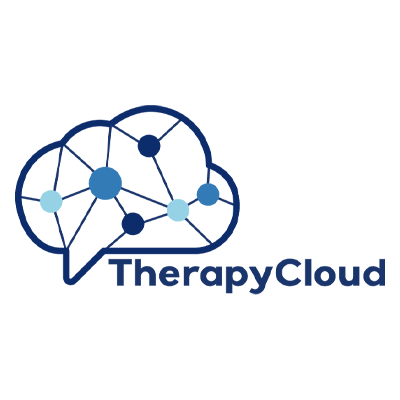The Growing Use of EMDR Therapy as PTSD Treatment for Veterans

Eye Movement Desensitization and Reprocessing (EMDR) is now firmly established as a first-line, evidence-based therapy for veterans with Post-traumatic Stress Disorder (PTSD). Strong support from the VA/DoD Clinical Practice Guideline for Management of PTSD (2023) gives EMDR a “Strong For” recommendation. It offers faster symptom relief, lower dropout rates, and applicability to both in-person and telehealth formats.
Let’s explore how EMDR works, why it’s rising among veteran populations, and how it differs from other PTSD approaches.
Understanding PTSD in Veterans
Veterans face some of the highest PTSD rates among trauma-exposed groups, with about 7 out of every 100 experiencing PTSD at some point in their lives (U.S. Department of Veterans Affairs). Combat exposure, witnessing death or injury, moral injury, and repeated deployments all contribute to persistent symptoms such as intrusive memories, hypervigilance, avoidance, and negative beliefs about self or others. Traditional treatments, such as psychotherapy or medications, help many, but large groups of veterans remain symptomatic or discontinue treatment early.
Because of this treatment gap, veteran‐focused mental health systems are embracing modalities that deliver faster, more durable trauma processing. That is where EMDR is rapidly gaining traction.
What Is EMDR and How Does It Work?
Eye Movement Desensitization and Reprocessing, or EMDR, is a structured, 8-phase psychotherapy in which the client attends to emotionally disturbing memories while simultaneously engaging in bilateral stimulation (e.g., guided eye movements, tapping, or auditory tones). The theory is that bilateral stimulation facilitates neural reprocessing of trauma memory, enabling reconsolidation and integration with adaptive beliefs.
Unlike exposure therapies that require repeated narrative retelling or cognitive restructuring in each session, EMDR can target specific disturbing memory visuals, negative cognitions, and body sensations in a more streamlined way. As the client processes, distress diminishes, beliefs shift, and new adaptive information is integrated.
The Rise of EMDR Therapy as an Effective PTSD Treatment for Veterans
1. Endorsement from VA/DoD Guidelines
In the 2023 VA/DoD Clinical Practice Guideline for PTSD and Acute Stress Disorder, EMDR is given a “Strong For” rating among recommended trauma therapies. The guideline explicitly lists EMDR therapy as a core treatment option for veterans across settings.
2. Strong Empirical Evidence
Meta-analyses and controlled trials consistently show that EMDR yields significant reductions in PTSD and depressive symptoms in veteran and military populations. For example, a multisite retrospective review of 279 veterans found that EMDR delivered either in person or via telehealth produced large effects for PTSD and moderate effects for depression between treatment start and termination (Fairbanks et al., 2025).
3. Flexibility in Delivery
EMDR’s successful adaptation to telehealth formats, accelerated during the COVID era, makes it accessible for veterans who live far from VA facilities or prefer remote care. The study mentioned above demonstrated that remote EMDR is valid, with no significant difference in treatment completion rates.
4. Speed of Effect & Lower Dropout
EMDR therapy for PTSD is appealing because it typically produces results in fewer sessions than traditional exposure therapies, helping reduce distress and shift core belief systems more efficiently. It’s also associated with lower dropout rates—a 2021 meta-analysis by Varker et al. found average dropout rates of 14.9% for EMDR, compared to 18% for CBT, 28.7% for prolonged exposure, and 34% for CPT.
The Pros & Cons of EMDR vs. Other PTSD Treatments
EMDR (Eye Movement Desensitization and Reprocessing)
- Pros: Rapid symptom relief; doesn’t require extensive verbal recounting of trauma; lower dropout rates; works well in telehealth settings.
- Cons: Requires a trained, certified practitioner; some clients initially feel uncertain about bilateral stimulation.
- Best for: Veterans with complex trauma, moral injury, or who have limited time for treatment but who want results-driven trauma processing.
Cognitive Processing Therapy (CPT)
- Pros: Highly structured; helps reframe unhelpful beliefs about trauma; widely implemented across Veterans Affairs (VA) systems.
- Cons: Can feel too “cognitive” or abstract for some veterans who prefer experiential processing.
- Best for: Veterans who appreciate structure and are ready to challenge negative thought patterns.
Prolonged Exposure Therapy (PE)
- Pros: Extremely strong research base for combat-related PTSD; effective for those who can tolerate direct exposure work.
- Cons: Emotionally intense; some veterans discontinue due to distress during exposure sessions.
- Best for: Veterans ready to confront traumatic memories head-on in a structured, gradual way.
Because the VA guideline explicitly supports all evidence-based trauma therapies (EMDR, CPT, PE), clinicians should personalize choice based on veteran preference, readiness, and clinical contraindications.
The Future of EMDR Therapy for Veterans
EMDR has evolved from a once-controversial therapy to a central pillar in veteran PTSD care. Its endorsement in the 2023 VA/DoD guideline confirms what decades of clinical experience and research now show: EMDR is a powerful, efficient, and veteran-friendly approach to trauma healing.
At TherapyCloud, we actively support therapists offering evidence-based trauma modalities like EMDR therapy for veterans with PTSD, helping them reach those who need qualified care most.
Join our community committed to elevating mental health care, where you can share your expertise and engage with service members seeking recovery.




